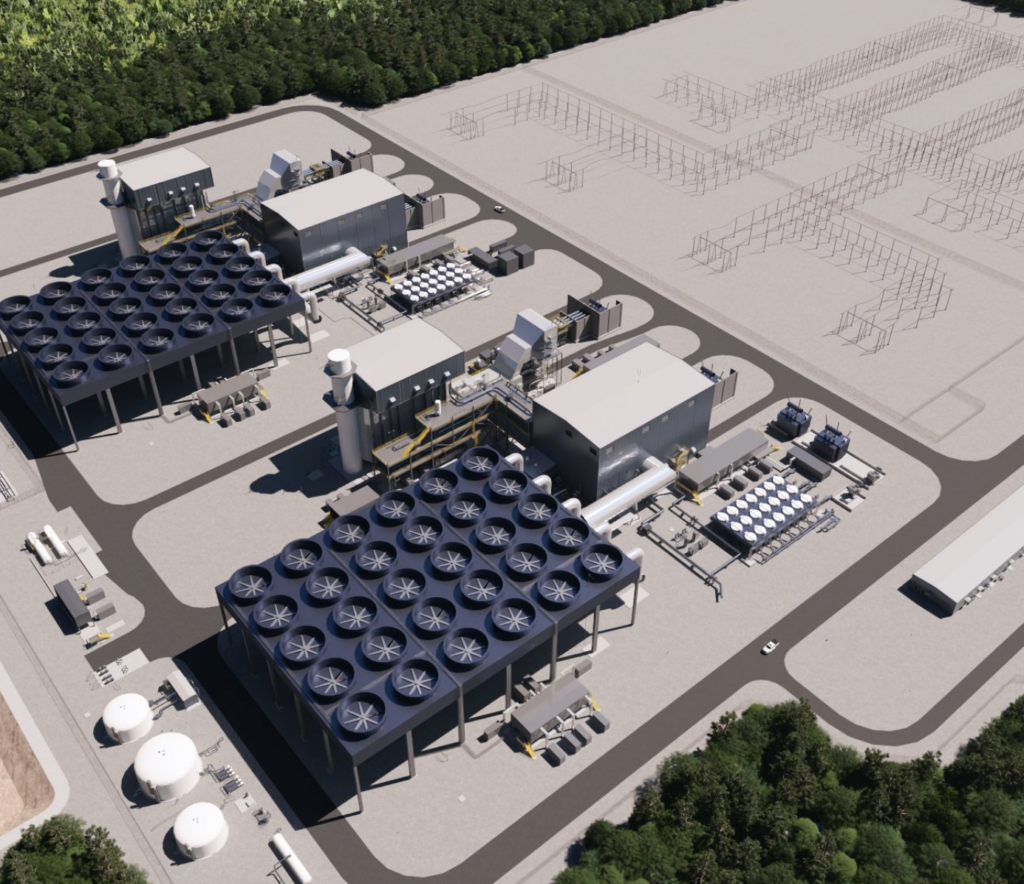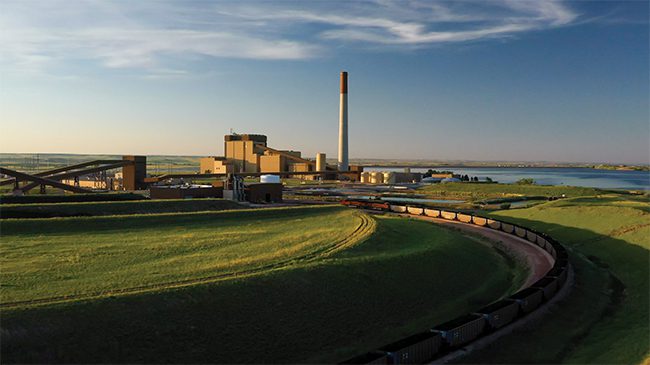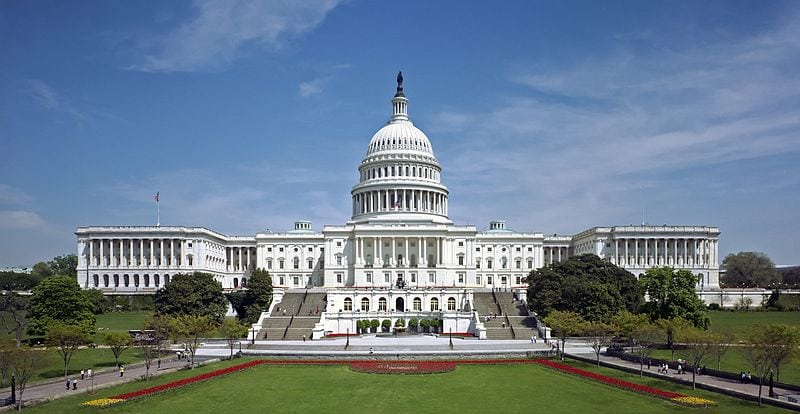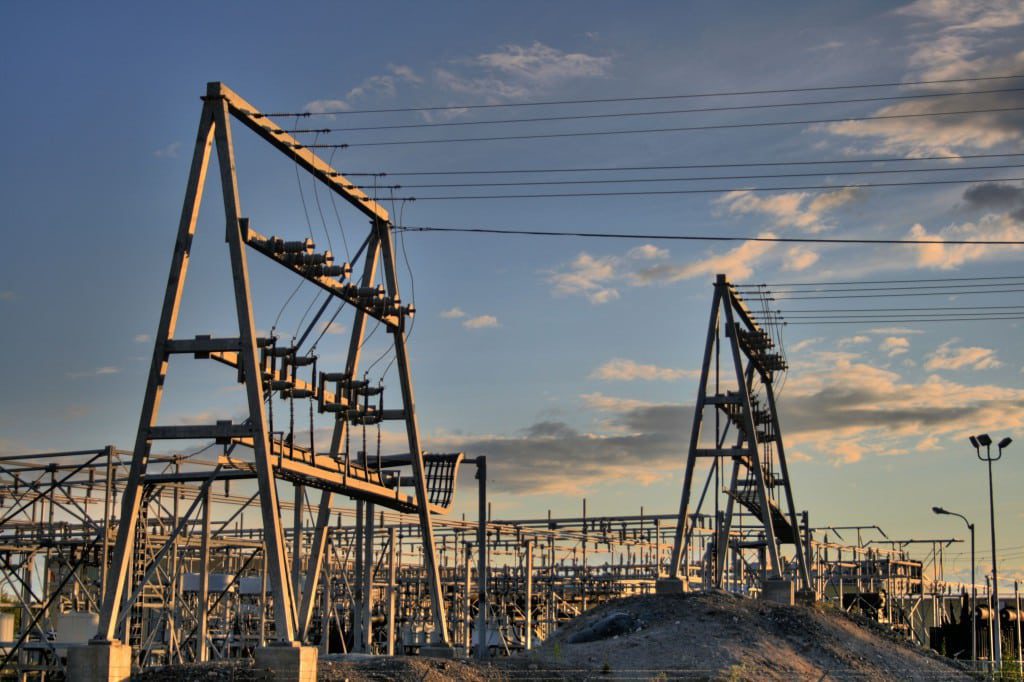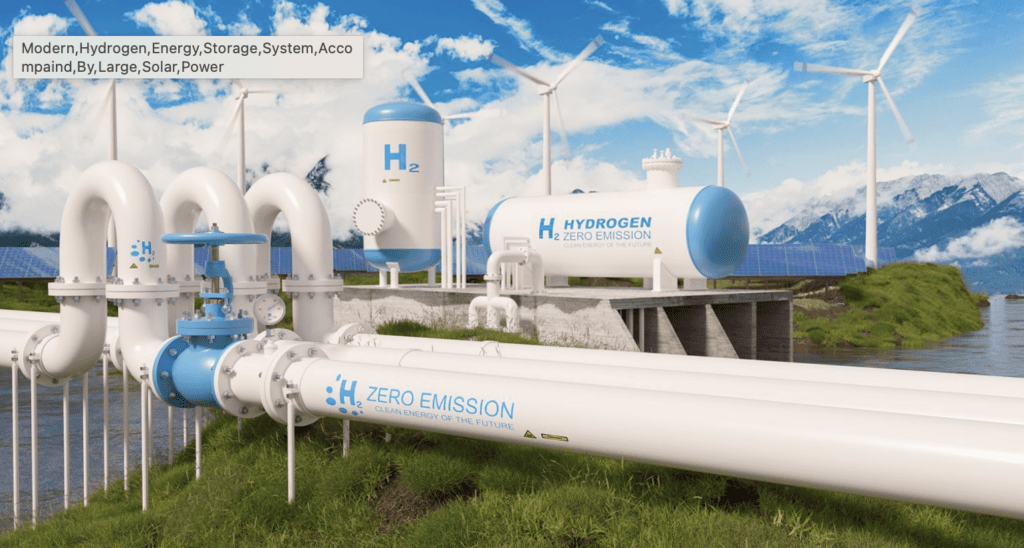The Federal Energy Regulatory Commission (FERC) on April 19 issued a Notice of Inquiry (NOI) to seek stakeholder input on how the agency should revise its 1999 Certificate Policy Statement regarding the review and certification of interstate natural gas pipelines. FERC reviews applications for natural gas pipeline construction and operation under Section 7 of the Natural Gas Act, which mandates a “certificate of public convenience and necessity” be issued for such projects.
Changing Times Beget Changing Policies
The NOI followed the December 21, 2017, announcement by FERC Chairman Kevin McIntyre stating that “much has changed in the energy world since 1999, and it is incumbent upon [the commission] to take another look at the way in which we assess the value and viability of our pipeline applications.”
The agency’s current policy statement considers applications in a series of steps “to balance the public benefits against the potential adverse consequences of an application for new pipeline construction.” The threshold requirement for each application is that the pipeline project be financially viable without need for public subsidies (such as rolled-in rates). The commission then weighs a number of other factors in order to assess the project’s public convenience and necessity, including:
■ Interests of new and existing pipeline customers, as well as landowners and surrounding communities.
- ■ Demonstration of public benefit.
- ■ Assessment of public benefits versus adverse effects.
The certification policy was drafted in this manner to encourage applicants to expedite FERC decision-making by identifying and mitigating any negative impacts or contentious issues in advance of filing for project approval. The commission’s review and consideration of an application also automatically triggers a separate environmental review under the National Environmental Policy Act (NEPA). NEPA requires agencies to assess the purpose and need of the project, evaluate impacts of the proposed project and practical alternatives, and seek public participation during the process.
The U.S. shale revolution of the past decade has resulted in the need to transport increased natural gas supplies throughout regions not traditionally known for energy production or infrastructure development. This has generated landowner activism often spurred by advocacy groups and non-governmental organizations (NGOs) in these areas and has led to a growing number of legal challenges to FERC’s decision-making process.
In the NOI, FERC requests comments on the following:
■ Potential adjustments to the commission’s determination of need.
- ■ The exercise of eminent domain and landowner interests.
- ■ The commission’s consideration of environmental impacts.
- ■ Improvements to the commission’s review process.
Many Groups Offer Input
Both trade associations and NGOs have expressed support for FERC’s move to review its longstanding policy. The American Pipeline Contractors Association applauded the commission’s efforts to streamline pipeline permitting and will likely utilize the comment period to advocate for expanded pipeline capacity. The Interstate Natural Gas Association of America welcomed the opportunity to respond to FERC’s inquiry, but noted that “the 1999 policy statement has withstood the test of time quite well” and the current criteria “remains a robust framework for evaluating the range of questions that must be addressed in determining whether a proposed pipeline meets the public convenience and necessity.”
The Natural Resources Defense Council (NRDC) issued a letter to FERC on behalf of 10 organizations praising the commission and urging it to “reform its pipeline review process to ensure that—above all else—the public interest is protected…” The NRDC further urged the commission to incorporate a regional perspective during decision-making in order to better assess market demand and environmental impacts as well as consider climate impacts, including such determinations as the “social cost of carbon” during its NEPA process.
There is little doubt that additional challenges to pipeline approvals could push grid operators and power plants to the brink. Gordon van Welie, president and CEO of ISO New England, testified before the Senate Committee on Energy and Natural Resources in January 2018. In his statement, he noted the challenges regional power plants face due to limited natural gas pipelines. He added, “New England’s limited fuel infrastructure will eventually cause severe reliability issues if fuel security is not addressed.” These constraints have resulted in the region having the most expensive spot natural gas prices in the world, and as noted in the organization’s Operational Fuel Security Analysis, could result in rolling blackouts during another weather event such as the series of winter storms that hit the Northeast earlier this year.
Utilizing its current review process, FERC has worked diligently to eliminate its backlog of applications from the previous year. It will be interesting to see how the commission applies feedback and if it preserves what has consistently worked well and not allow the process to be used as a way to block fossil fuel transport.
Until then, the existing decision-making framework will remain in place while FERC examines its procedures. Comments regarding the commission’s inquiry were due June 25, 2018, but a decision regarding whether or how the commission will revise its policy statement is not expected in the near future. ■
—Beth Everage is policy director for HBW Resources, where she provides support for the development of policy positions, stakeholder communications, and marketing for the organization.



